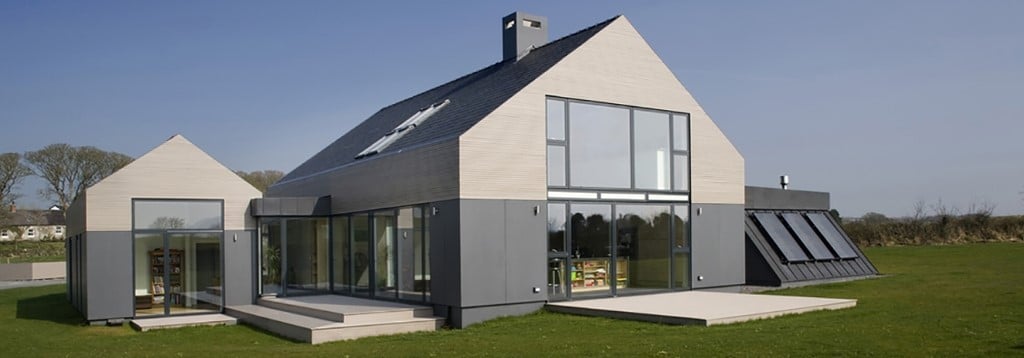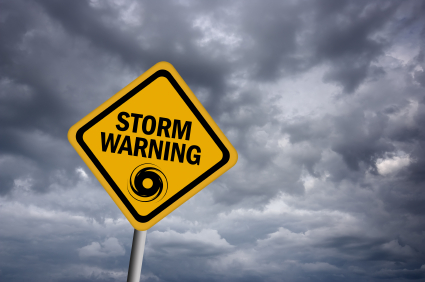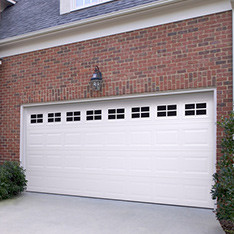11 Ways to Transform Your Home into an Energy-Efficient Home
As reported by the international energy statistics database, Residential electricity demand is expected to increase by 115% in the next 24 years. To preserve resourcesResources include tools, personnel, equipment, and materials... More for future generations, making our homes energy-efficient is the need of the hour.
In our homes, we use energy for a variety of purposes, all of which contribute towards an increased carbon footprint. According to the US Energy Information Administration, the residential sector consumes 22% of energy in the US. We can bring down this percentage by pledging to adopt energy-efficient ways in our houses.
Also known as going green, changing to environmentally friendly practices will lower our expenditure on bills, will provide comfort and durability, and also have a positive impact on our health and safety.
Below are a few suggestions which you can use to transform your home into an energy-efficient one. So let’s begin:
1. Conserve energy by installing LED or fluorescent bulbs
According to Energy Star, 10% of electricity is used by lightings in any residence, which makes it about $11 Billion per year in power bills. Act wisely and replace all of the incandescent lights in your home with energy-saving options like led or fluorescent bulbs.
It is also highly recommended that you use fewer high watt bulbs around the house instead of several low watt bulbs. This practice alone may help reduce your power consumption to a considerate level.
2. Adjust the thermostatA thermostat is a device that monitors and regulates tempera... More to lower levels
Try lowering your thermostatA thermostat is a device that monitors and regulates tempera... More from its standard-setting by 15 degrees for 8 hours a day. As a result, a guaranteed 5 to 15% reduction in the annual heating and cooling bill may be achieved.
The longer your house will stay at lower temperatures, the higher amount of energy will be saved. You can do the resetting of the thermostatA thermostat is a device that monitors and regulates tempera... More while you are asleep or away from home.
3. Set water heater to a medium heat level
Water heating costs during winter can make your jaws drop. You would definitely wish to lower the bill, and you can succeed in it by setting your water heater thermostatA thermostat is a device that monitors and regulates tempera... More to medium-hot.
In fact, you can take it further down if you are going away somewhere. You must insulate the water pipes for at least 6-10 feet to avoid heat loss.
4. Regular maintenanceMaintenance is the routine care, inspection, and repair of a... More to avoid higher electricity and water consumption
Your home requires frequent and timely maintenanceMaintenance is the routine care, inspection, and repair of a... More to prevent costlier issues. By keeping in check all the air conditioning, plumbing, and electric system, you can significantly reduce resource consumption. Your AC can use more electricity if the coils are clogged, or if the ducts of the AC are blocked. Both of these issues make the AC work harder, consequently consuming more power.
The plumbing in your house also needs frequent surveillance if you wish to lower water bills. Clogged, rusty, and leaky plumbing or cracked pipes can be a reason for continuous water waste. Therefore, choose a trusted a/c and plumbing repair service who can carry out maintenanceMaintenance is the routine care, inspection, and repair of a... More work in your house.
Not only can unkept plumbing be wasteful, but it can quickly leadLead is a heavy metal that can be toxic to humans, especiall... More to moisture building up in the house environment. Eventually, this can cause moldMold is a type of fungus that grows in damp or humid conditi... More growth and it will become necessary to get professional mold remediation services.
5. Seal the leaks to ensure proper insulationInsulation is a material used in buildings to reduce the tra... More
One of the top criteria of an energy-efficient home is adequate insulationInsulation is a material used in buildings to reduce the tra... More. Air can escape from spaces between the windows, doors, and ducts. Proper sealing is vital if you wish to have less dust, allergens, insects, and even less noise inside your home. Properly sealed leaks in windows, doors, and other places ensure a quieter home that provides more comfort.
For good quality, adequate seal, use of sealing foam, mastic, or other such durable sealants are recommended. As for the under the door leaks, you can use a high-quality door sweep. Identify the places most vulnerable to leaks and address them immediately. Weatherstripping or caulking the windows is advisable to avoid air escape.
6. Replace old doors and windows with energy-efficient ones
If the need arises for a home renovation, you can avail the chance to replace doors and windows with energy-efficient ones. You can take ideas from projects of home renovation Dubai, or other warmer places where round the clock air conditioning is unavoidable in summers. Areas like these also use exterior shading on the windows. Look out for designs of energy-efficient doors and windows that also have a good aesthetic.
Windows and doors that serve the purpose of keeping the heat either in or out are termed as energy efficient. The energy-efficient windows are mostly double glazed and filled with gases to block out the heat. Look for options with an ENERGY STAR rating as they are meant for conserving energy.
7. Opt for low-flow fixtures
“Reduce the power in your shower and save a buck or have good luck.”
~The Dharma trails
We don’t even realize that we tend to use more water if the fixtures have high flow. Being mindful of your water usage will not only save up on the water bill but also contribute towards water conservation.
Better yet, the less water you use on a daily basis, the less likely you’ll encounter floods and leaks that a water damager restoration service will need to address.
As awareness about saving water spreads, there is an influx of products in the market that cater to this cause. As per the findings of Shelton Group’s research, 63% of Americans are searching for greener products. Instead of choosing power showers and high flow faucets, you can install low flowing ones. Believe me, the cleaning won’t be any lesser with energy-smart fixtures.
8. Buy energy-saving appliances
As compared to old age appliances, the ones manufactured now save both water and electricity to a great extent. Switch the appliances that give you a heartache each time you see the bills. In place of those, bring home a washing machine, dishwasher, microwave, fridge, and AC with ENERGY STAR and Water Sense logos.
As impactful as it is, this step will make you smile with content each time the bill arrives!
9. Solar-powered home
Did you know? Saving as little as 15% energy in your home is equivalent to planting 200 trees every year?
Use the power which comes from the sun to run the appliances in your home. Significantly cheaper, and rapidly gaining popularity, solar energy is the thing of the future.
Solar power may be your option if you are blessed with abundant sunlight where you live, and the design of your home allows solar panel installment. One more piece of great news regarding solar panels is that their cost is almost 70% less than it was in 2010, as reported by the Solar Energy Industries Association.
10. Let the sunshine in
You can save a lot of power costs if you avoid using lights in the daytime and use natural sunlight to brighten up your home. Sunlight allows you to use less electricity and even less heat. Health experts also say that natural light produces lesser strain on the eyes than artificial lighting.
11. Install overhead fans
The cool air from the fans feels like a blessing on warmer days. Every homeowner that pledges to make his home energy smart should install ceiling fans around the house. While these fans are on, you can save energy by keeping air conditioning to higher numbers, as air from fans is enough to cool our bodies.
FINAL THOUGHTS
A home that uses less energy has products that are of high quality and perform efficiently. It also adds to the affordability factor by reducing energy costs by up to $35 per month. Other than that, an energy-conserving home takes us a step ahead in our responsibility to help the environment.













